Warts are benign formations on human skin. It is usually only a few millimeters in size, but there are also larger types of warts. Such tumors can appear in different parts of the body.
As you know, not all warts are safe. There are some types of skin damage that need to be removed immediately. This is necessary to prevent further complications.
Classification of warts
In medicine, there are several types of benign structures that can appear on human skin. They are different from each other in appearance and have different developmental characteristics and positions.
There are the following types of warts:
- Normal (most common);
- Plantar (observed on the foot);
- Pointed head (condyloma acuminatum);
- Filament (high string);
- flat.
Common warts
The diameter of this tumor is usually no more than 1 cm. It is a dense tumor with uneven surface and clear boundaries. Skin lesions belonging to this species have the following characteristics:
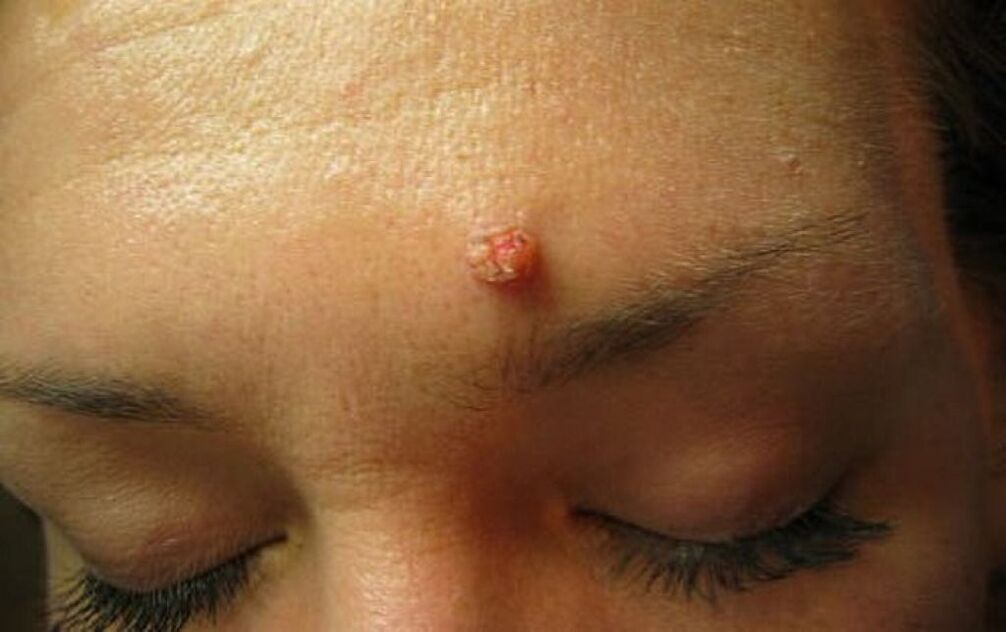
- Round
- The color ranges from yellow to dark gray;
- Common warts are common on the elbows, fingers, knees, lips, and other frequently injured parts of the body.
Sometimes these formations disappear on their own, but in most cases, they require long-term treatment.
Plantar warts
Such products get their name from their location. They are convex on the feet, but due to the constant pressure generated by the weight of the human body, they will flatten. This stratum is surrounded by a layer of keratinized skin.
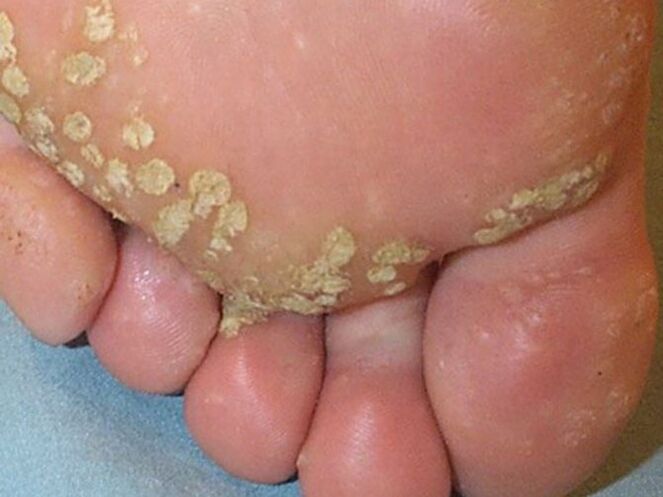
Plantar growth can be uncomfortable and painful. This benign lesion is different from corns in that small blood drops will be prominent when incised instead of pouring out liquid. Plantar warts can cause problems with wearing shoes. They can appear at any age.
Condyloma acuminatum
Fibrous epithelial formation contains a large number of interconnected pointed nodules. Their surface can be white or red, and sometimes they bleed and cause pain.
Sharp benign tumors usually appear on the mucosa, where they transition to the skin. In the future, they will grow and become bigger. As a result, tumor-like growths are formed.
Filiform warts
This formation on the skin gets its name from the shape. The filiform warts are narrow and long. They are positioned as follows:
- Face;
- neck;
- Lips.
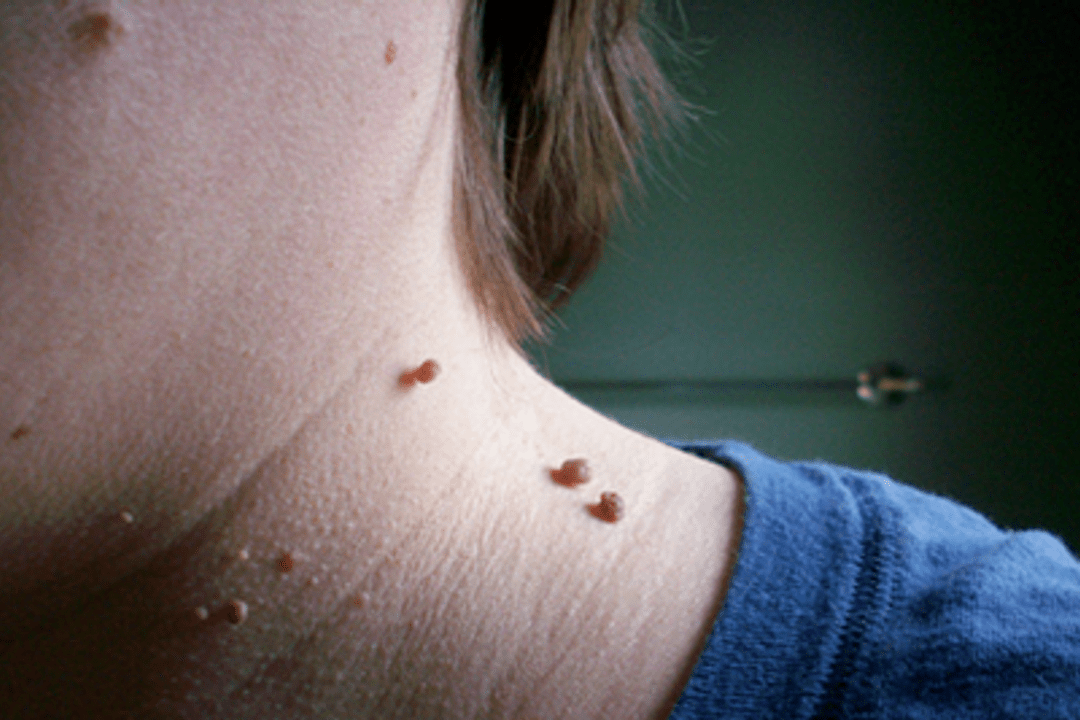
Externally, the filamentous structure resembles a broken wire. They can appear in people of any age, but are often observed in elderly people. As they develop, the filamentous structure changes their appearance:
- At first, these hand straps looked like little bumps on the skin. Therefore, they are easily confused with moles.
- Subsequently, the size of the nodule increases, obtaining an elongated shape. In some cases, the chords are round, but their stems are still very thin.
- In terms of consistency, the formation is elastic and relatively dense. Usually, its length does not exceed 5 mm, but there are cases where it exceeds 1 cm.
Some people have several formations connected together. Therefore, their appearance resembles a comb. The long string may be brown or retain the flesh color. Sometimes they itch.
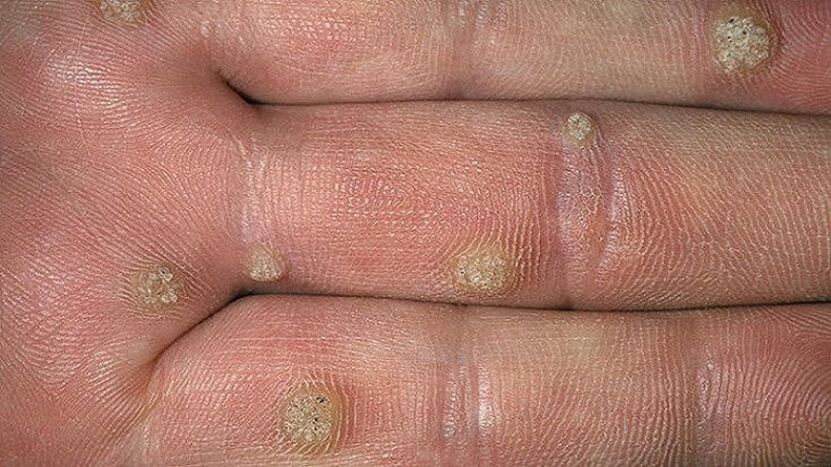
Flat warts
This formation is a nodule that feels flat. They stand out in a yellowish-brown color and are usually located on the eyelids and face. These nodules are common in children, but they may also appear in the elderly. These benign tumors will not transform into malignant tumors. This growth is extremely rare.
Flat warts are slightly above the surface of the skin. They are characterized by smooth surfaces and clear boundaries. A distinctive feature is that there is no keratinized skin, so it remains smooth and shiny. This structure is located on the face, lower legs, and back of the hands.
Suggest!If the body develops a tumor, you should definitely seek the advice of a dermatologist. Only he can accurately determine their nature. This will eliminate the development of malignant tumors on the skin.
Senile warts
There is also a benign form produced on the human body, which can be divided into a separate category. Their characteristics are as follows:
- Senile warts (seborrheic keratosis) only appear in the elderly and do not require treatment;
- They are usually located on the skin, often covered by clothing, and rarely appear on the hands and face;
- This tumor develops from the epidermis.
Seborrheic keratosis usually has multiple components. The clinical manifestations depend on the time and location of development. The early elements were small flat spots of pink or yellow with clear borders and warts on the surface.
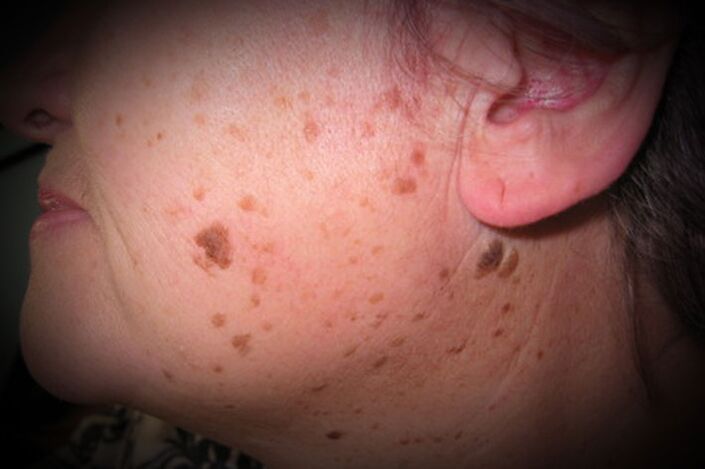
They are similar to the oily crust on the skin and can be easily removed. Subsequently, these crusts were compacted and filled with cracks. Over time, they become mushroom shapes and become black or dark brown.
The strata have a soft consistency, and their boundaries may not be completely clear, or even jagged. However, they are similar to melanoma. In some cases, the components of seborrheic keratosis are dome-shaped.
Suggest!In the presence of senile warts, it is recommended to significantly increase the amount of vitamin C entering the body. It helps prevent new stains from appearing. However, it must be remembered that excessive vitamin C can cause some changes in gastric function and lead to the appearance of kidney stones.
The choice of treatment depends on the type of wart being treated. In any case, this process should not be accidental. Contacting the dermatologist in time will allow the patient to perform the procedure to remove skin formation easily and without complications. In addition, warts can be confused with malignant diseases, so there is absolutely no need to delay treatment.













































































